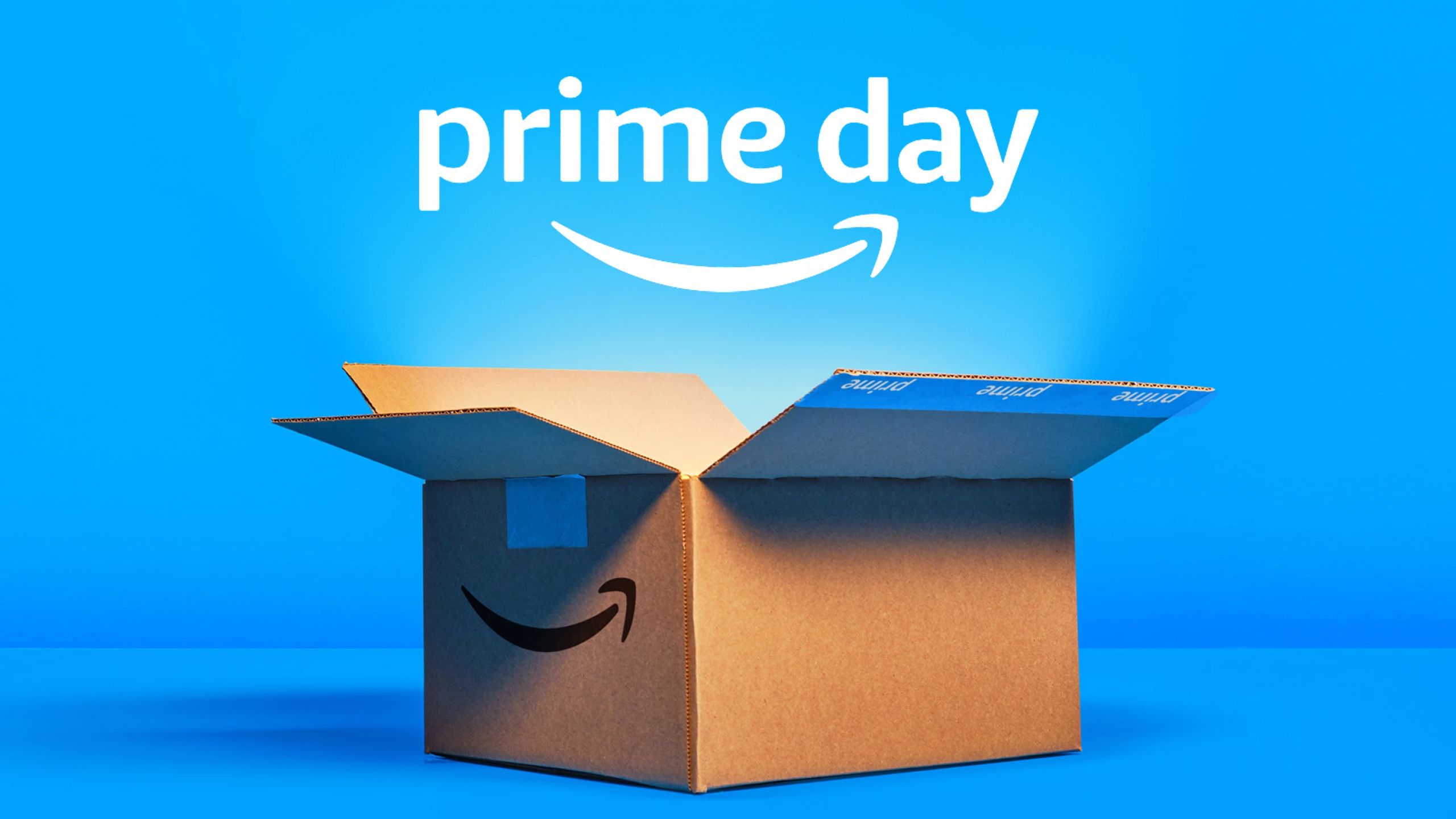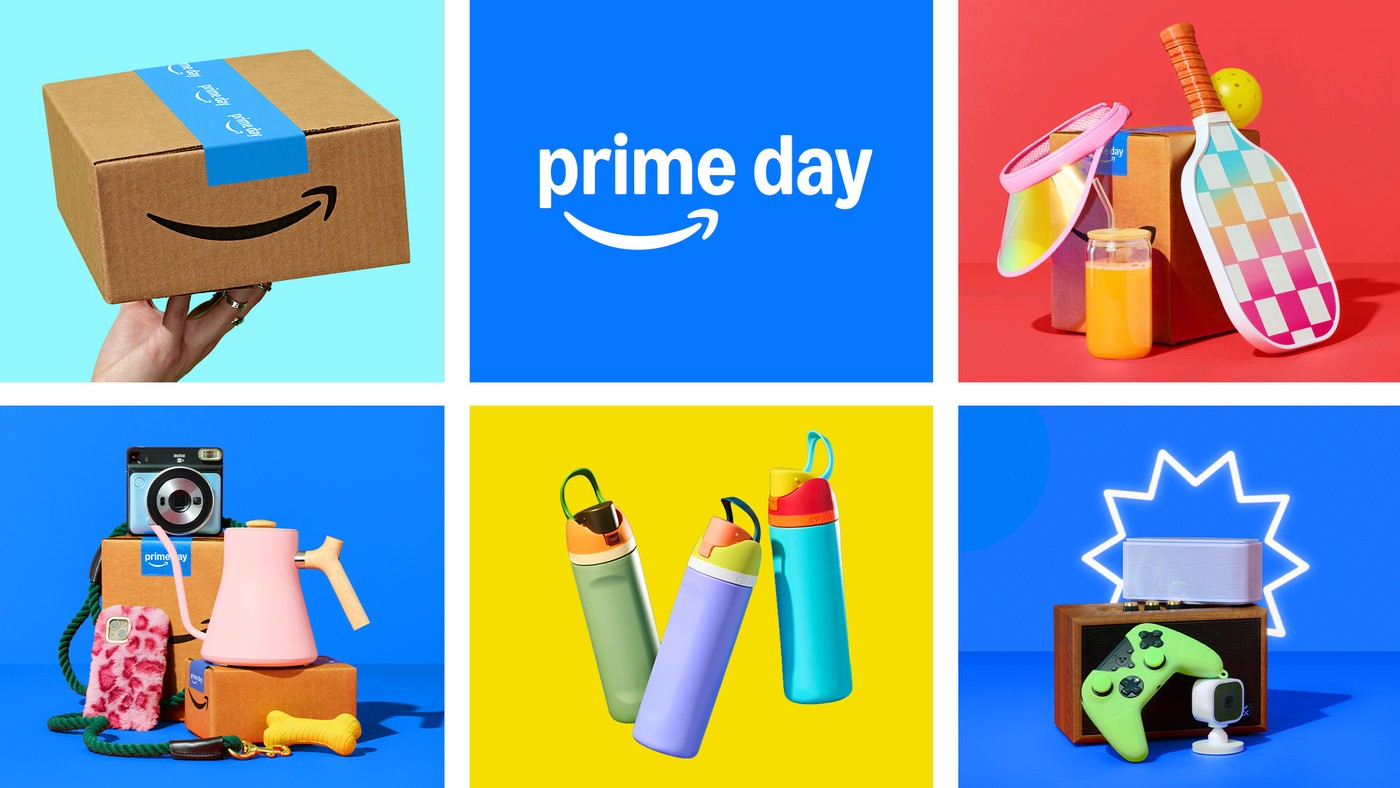What was supposed to be a crowd-pulling promotion turned into a wave of frustration for Indian Amazon users. During this year’s Prime Day sales from July 12 to 14, many users received a message that seemed too good to ignore. It offered a full-year Prime membership at just ₹999. Naturally, the response was instant. Users flooded the app and site, trying to claim the discounted membership. But at checkout, the price still showed ₹1499.

When puzzled users contacted Amazon’s customer support, they were told the offer was only valid for “eligible” customers. This left many angry, not because the offer didn’t exist, but because nowhere in the message was this eligibility clause mentioned. People believed they had been directly offered a discount. And to their shock, even days after Prime Day ended, the same misleading message continued appearing in their notifications and inboxes.
The backlash was swift. Social media users took to platforms like X to express their outrage, calling the messages spam and accusing Amazon of intentionally misleading its customers. Screenshots of the promotional texts and failed attempts at checkout have now gone viral. Several users tagged Amazon Help, demanding an explanation. While some got replies stating the eligibility condition, the larger outrage has remained unaddressed.

This controversy has put Amazon under an uncomfortable spotlight. In a country where millions rely on Prime not just for shopping but for entertainment through Prime Video and fast deliveries, trust is key. A ₹999 deal sounds attractive, especially during a nationwide sale. But when users realise they cannot actually access it, it creates disappointment and damages credibility.
Many users are now questioning how a global tech giant could allow such a careless execution of a major promotional campaign. The lack of transparency has led many to label the move as digital spamming. Sending personalised messages that spark false hope is not a minor oversight. It reflects a bigger problem in customer communication and promotional clarity.
Whether Amazon will officially apologise or explain further remains unclear. But for now, the trust of many loyal users has taken a hit. This incident serves as a reminder that even the biggest brands need to communicate responsibly.
For more updates on OTT platforms, digital controversies, and what people are watching online, follow Binge Moves on Instagram and Facebook.











